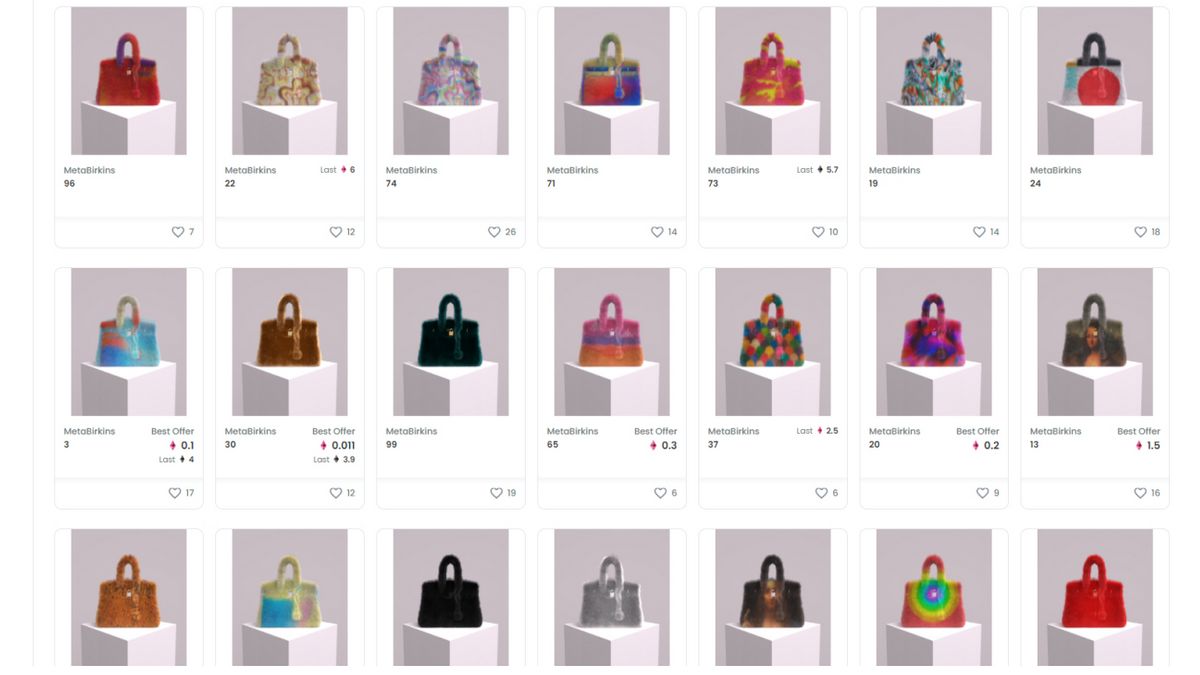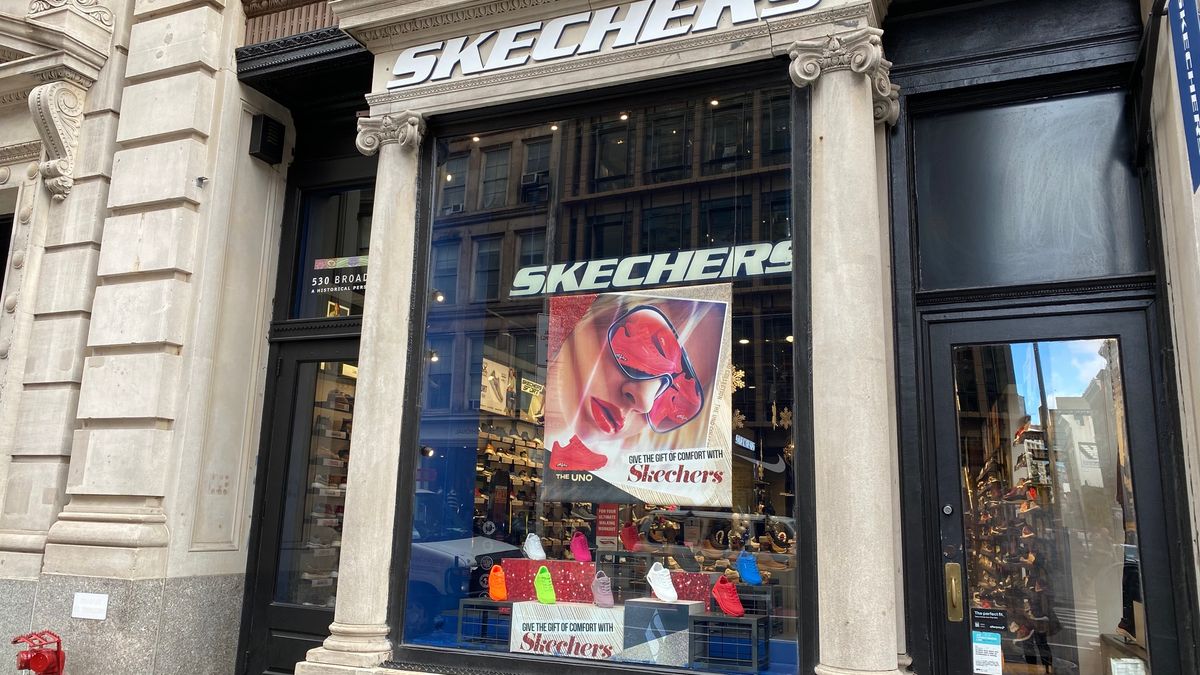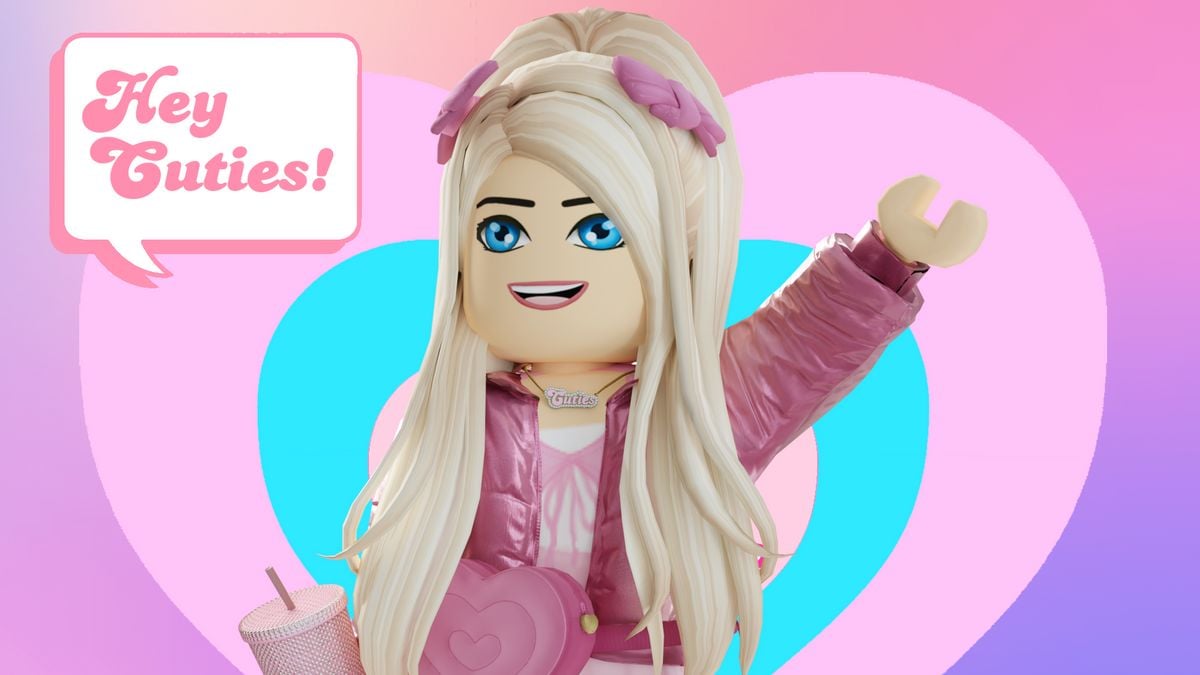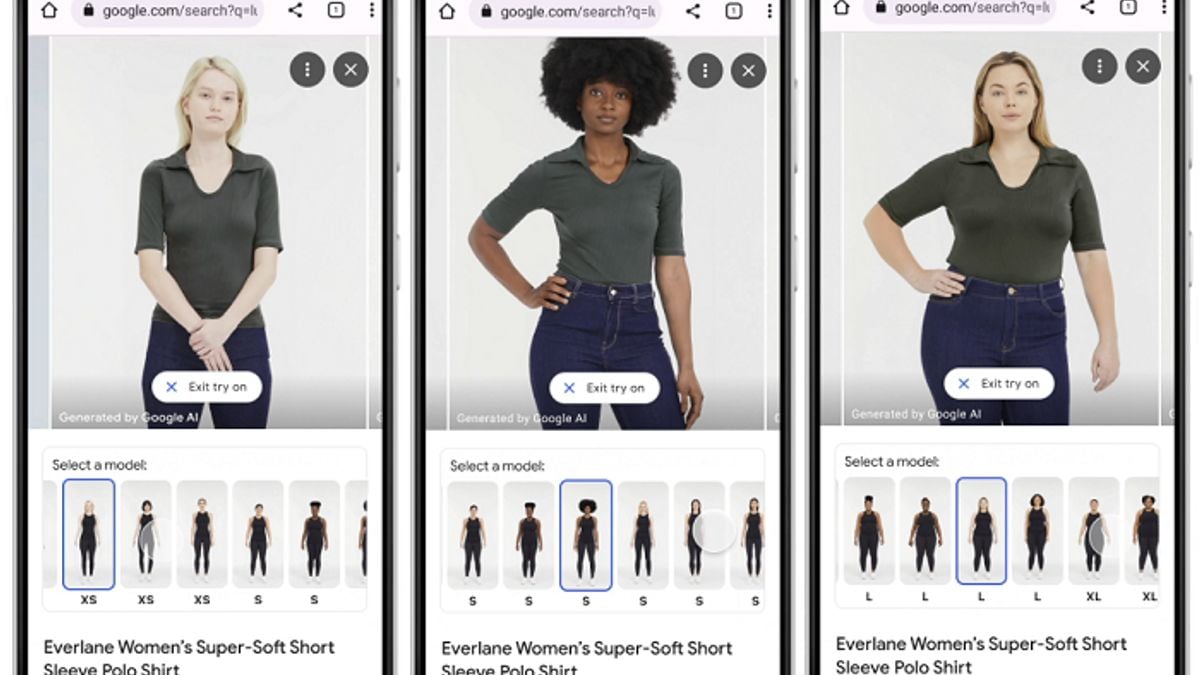The artist behind a series of tokenized digital renderings of imaginary Birkin bags plans to appeal a jury’s verdict that the non-fungible tokens, known as NFTs, run afoul of trademarks controlled by Hermès. The Parisian fashion house filed its suit, one of the first of its kind, a year ago. The case is widely seen as a test for trademark law, art and commerce in the metaverse, and the First Amendment.
The creator of “MetaBirkins” is Mason Rothschild, founder of Gasoline XYZ, billed as “a disruptive, creative studio specializing in web3 solutions,” and co-founder of fashion boutique Terminal, with locations in Los Angeles and Tokyo. He promised in an Instagram post that “the fight is far from over.”
A jury in a federal court in Manhattan on Wednesday found Rothschild liable for trademark infringement, trademark dilution and cybersquatting, and deemed that the First Amendment offered him no protection. The verdict carries financial consequences, including $23,000 in damages for cybersquatting and $110,000 in net profits earned by Rothschild to be returned to Hermès, according to court filings at the U.S. District Court for the Southern District of New York. Cybersquatting involves the bad-faith use of another’s trademark in a domain name. A MetaBirkins website remains live.
The digital and tokenized nature of Rothschild’s work and discussion of the metaverse were probably sources of confusion for lay people on a jury, however, and the ruling is unlikely to hold up on appeal, according to Rhett Millsaps, a founder of law firm Lex Lumina and an attorney for Rothschild. There was no evidence that any consumer, of the NFTs or the bags, mixed up Hermès with Rothschild, in part because Rothschild clearly presented them as drawings he had made, and provided disclaimers that they’re not affiliated with Hermès, he said by phone.
“In this case, Hermès had incredibly weak evidence of confusion. Nothing that should have met the bar, particularly when you're talking about artwork and the First Amendment,” he said by phone. “Trademark law allows Hermès to stop other people from selling products that compete with Hermès products, including, we would say, in the metaverse. They can stop someone from selling NFTs that compete with their actual products in the metaverse, but they cannot stop artists from selling artwork that depicts their products, just like they couldn't in the real world.”
Hermès didn’t immediately return a request for comment for this story. In the first few paragraphs of its claim, the luxury conglomerate said that Rothschild himself once declared that “There’s nothing more iconic than the Hermès Birkin bag.”
“[Rothschild] is a digital speculator who is seeking to get rich quick by appropriating the brand METABIRKINS for use in creating, marketing, selling, and facilitating the exchange of digital assets known as non-fungible tokens (NFTs),” attorneys for Hermès said, per court documents. “Defendant’s METABIRKINS brand simply rips off Hermès’ famous BIRKIN trademark by adding the generic prefix ‘meta’ to the famous trademark BIRKIN.”
The collection of 100 MetaBirkins, which debuted at Art Basel Miami Beach in 2021, were not Rothschild’s first riff on the Birkin bag. That was "Baby Birkin," described at its page on exclusive online marketplace BasicSpace as “an NFT Artwork by Mason Rothschild and Eric Ramirez.” The tokenized work, billed as “an ironic nod to the iconic bag,” is a 2000x2000 soundtracked animation in 3D max that depicts a transparent “pregnant” Birkin with a visible fetus. It sold for $47,000 at a BasicSpace auction in May 2021.
Rothschild followed that up with his 100 MetaBirkins project, and later sold each image for the crypto equivalent of $450. They have gained in value on the secondary market, much like Birkin bags do themselves. At retail, the notoriously hard-to-obtain handbags are priced at several thousand dollars, and fetch many times more when they’re resold. Some have argued that it’s a better investment than gold.
Hermès may view these similarities as evidence that Rothschild is merely replicating their bags in the metaverse for commercial purposes, but Millsaps says they are key to the artistic nature of the project. In a report filed with the court, art critic Blake Gopnik, who wrote a book on Andy Warhol, argued that “the images and NFTs produced and sold by Mason Rothschild find their natural and obvious home among the artistic experiments carried out by modern artists over the last century.”
On Twitter this week, Gopnik, who had been prevented by the judge from testifying at trial as an expert, expressed his frustration with Wednesday’s verdict. “So artists aren’t allowed to have luxury goods as a subject, and make that clear in the title?” he said in one tweet.
Crazy:Hermes, the luxury-goods co., won $133K fr little-guy Mason Rothschild, because, he made NFT’d digital pictures of their Birkin bag that pissed them off. So artists aren’t allowed to have luxury goods as a subject, and make that clear in the title? https://t.co/Ar2AnMvKDV
— Blake Gopnik (@BlakeGopnik) February 8, 2023
Attorney Alan Behr, chairman of the fashion and luxury practice at law firm Phillips Nizer, dismissed the comparison to Warhol, however. He likened Rothschild’s NFTs to screenshots of Birkin bags and said they don’t contain the level of political or artistic statement that would separate them from the Birkin trademark enough to warrant First Amendment protection.
”If it’s art, the First Amendment and copyright issues would prevail. If it’s commerce, they're gone. And effectively what the court said is, this was commerce,” he said by phone. “You just can't take someone else's original expression and use it for your own purpose, at some point you have to pay the piper.”
The decision in favor of the Hermès Birkin trademark is a reminder that existing copyright and trademark law applies to new technologies, Behr also said.
“My hope is that this is the beginning of the end of NFT being used as the latest digital excuse for bad behavior,” he said. “A lot of people have the expectation that they have new license and that the rules that have applied don’t. But it isn't really that way. New technology is simply a new way to present something graphically, or orally or visually, and the law applies to whatever medium you use.”
But the new technology shouldn’t prevent artwork from existing or being sold, and doesn’t preclude First Amendment protection of artistic expression, according to Millsaps. In the instructions to the jury, the court itself noted that “the MetaBirkins NFTs, including the associated images, are in at least some respects works of artistic expression, such as, for example, in their addition of a total fur covering to the Birkin bag images.”
Rothschild’s “imagining of Birkin bags covered in this goofy fur” is an example of art in the most traditional sense, as any paintings, photographs or drawings would be, Millsaps said. But the way digitization and tokenization allow the creator to mimic the financial trajectory of an in-real-life Birkin bag also has artistic merit, he said.
“It was also functioning as art and artistic experiment in the way it was released and in the way that it existed, attached to NFTs,” he said. “Really the question is: Is this emerging metaverse just going to be a shopping mall? Or is it going to mirror the real world, where artists are allowed to draw pictures of Birkin handbags, or any other object that they see, and to sell those pictures?”






















